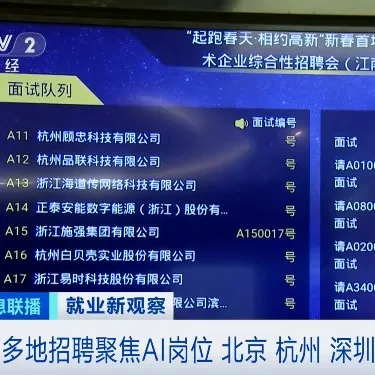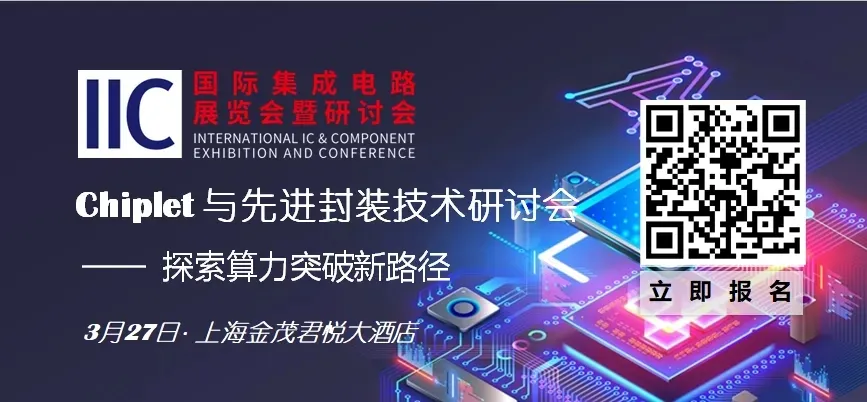
RISC-V is an open standard instruction set architecture (ISA) based on the principles of Reduced Instruction Set Computing (RISC), increasingly applied across various industries. Its open and free characteristics make it attractive for a wide range of applications, from embedded systems to high-performance computing. The ecosystem is rapidly expanding, with numerous companies, research institutions, and open-source communities contributing to its development.
Technological innovation and market expansion are driving the explosive growth of the RISC-V market.
A Global Industry Movement Initiated by a Three-Person Team
In 2010, Professor Krste Asanovic from the University of California, Berkeley, along with two graduate students, Yunsup Lee and Andrew Waterman, launched a seemingly modest short-term project. Their goal was to develop a simple, transparent, open-source chip instruction set architecture for teaching and research. This project is now known as RISC-V.
At that time, the chip industry was dominated by three giants: Intel, Arm, and AMD, and the market was not friendly to newcomers. However, Professor Asanovic and his team believed that the open and free RISC-V instruction set could break industry barriers, allowing more companies and researchers to participate in chip design. Their philosophy was that open standards could reduce costs, stimulate innovation, and ultimately drive the development of the entire industry.
With the release of RISC-V, a new vitality was injected into the chip industry. This open-source project quickly attracted global attention, including from tech giants like Google, IBM, and Intel.
In 2015, to maintain and develop the RISC-V standard, the RISC-V Foundation was established. The foundation’s establishment marked the formal transition of RISC-V from an academic project to a global industry movement.
The openness of RISC-V significantly lowers the barriers to entry in chip design, enabling many small and medium-sized enterprises and startups to participate in this high-tech field.
According to the SHD Group’s “RISC-V Market Analysis Report: Application Forecast in a Heterogeneous World 2024,” the RISC-V technology market is estimated to reach $920 million by 2024, with projections of $3.59 billion by 2029, reflecting a compound annual growth rate of 31.20% during the forecast period (2024-2029). The fastest-growing market is the Asia-Pacific region, while the largest market is North America.
Additionally, a recent report from Omdia also holds an optimistic view on the prospects of the RISC-V architecture, predicting that shipments of RISC-V-based chips are expected to “increase by 50% annually” starting this year, with shipments expected to reach 17 billion by 2030, and RISC-V architecture is projected to capture 25% of the global market share.
The IoT Market Witnesses Rapid Development of RISC-V
As the starting point for RISC-V, the IoT market has witnessed its rapid development.
Due to the more flexible and fragmented nature of the IoT market, customer demands are relatively diverse, and there is currently no single architecture that dominates the market. While the Arm architecture is also very popular in the IoT field, especially in low-power and cost-sensitive applications, it typically requires licensing fees. The x86 architecture is more commonly used for high-performance computing, with higher power consumption and costs.
Compared to these two architectures, RISC-V’s main advantages lie in its open-source and royalty-free model, providing greater flexibility and cost-effectiveness for IoT device manufacturers. Additionally, RISC-V is easy to integrate, making it a significant player in IoT applications such as smart homes, wearables, and smart cities.
For example, SiFive, a leading company in RISC-V chip design, has announced that its RISC-V processors have shipped over 10 billion units, widely used in the IoT market; Qualcomm has collaborated with Google to develop the Snapdragon Wear chip based on the RISC-V architecture, marking a significant breakthrough for RISC-V in the wearable device market; Espressif Systems has launched the ESP32-C3, a RISC-V microcontroller with integrated Wi-Fi and Bluetooth functions, suitable for smart home devices and wearables; GOWIN Semiconductor’s RISC-V-based FPGA solutions are also widely used in industrial automation and smart city applications.
Chinese companies, such as Sifang Technology, have launched smart network solutions based on OpenWrt, and the world’s first mass-produced high-performance RISC-V multimedia processor JH-7110 has been applied in logistics robots, smart sorting vehicles, smart gateways, and sensor networks; Yufang Technology’s RISC-V-based NB2 series chips are similarly positioned.
Woqi Technology has introduced the WQ9201, a Wi-Fi 6 chip integrated with two high-performance RISC-V cores, which has completed RISC-V-related application scenarios and industrialization layouts in various fields, including consumer electronics, IoT, and automotive electronics.
Moreover, RISC-V’s market share in the IoT sector continues to rise. According to Counterpoint Research, RISC-V’s market share in the IoT market is expected to reach 28% by 2025.
Emerging in High-Performance Computing
With the increasing number of IoT devices, edge computing has become an important means of processing massive data. RISC-V, with its efficient computing capabilities and flexible architecture design, shows great potential in the field of edge computing.
The rapid development of AI has raised higher demands for computing power. By adding custom instruction set extensions (such as vector processing or AI-specific instructions), RISC-V can significantly enhance computing speed and energy efficiency, meeting the needs of high-performance computing scenarios.
From a global development perspective, the RISC-V architecture is favored by major companies and startups due to its high compatibility with heterogeneous computing models.
For instance, Google uses SiFive’s X280 as a coprocessor in its AI chips and plans to continue using SiFive designs in the next generation of AI systems; Meta’s AI MTIA chip features two AX25V100 core processors, with its RISC-V IP core recognized, and the second generation of MTIA chips will continue to adopt and increase the number of cores; Tesla’s Project Dojo chip core includes an integer unit that utilizes some RISC-V architecture instructions.
In the startup sector, Tenstorrent is developing the next generation of AI chips based on RISC-V architecture technology and SF4X process; Untether.AI’s Boqueria AI accelerator features 1458 RISC-V cores, adaptable between low to high power devices; Rivos’ AI chip combines high-performance RISC-V CPUs with GPGPUs optimized for LLM and data analysis.
In China, the domestically developed “Tianhe” series supercomputers have begun adopting RISC-V architecture processors to maintain a leading position in future high-performance computing competitions.
Additionally, Alibaba’s DAMO Academy has been a steadfast promoter of accelerating the RISC-V ecosystem, with participating companies including Alibaba DAMO Academy, the Software Research Institute of the Chinese Academy of Sciences, China Telecom Research Institute, Imagination Technologies, State Grid Zhixin Company, and others. These companies closely collaborate with the Xuantie ecosystem in chip design, software development, and application scenario development to jointly promote the development and application of RISC-V technology.
At the 2024 Xuantie RISC-V Ecosystem Conference, DAMO Academy also led the establishment of the RISC-V Wujian Alliance, launching the XTAI (XuanTie AI) full-stack software and hardware platform for multimedia AI enhancement scenarios based on Xuantie processors and Wujian chip platforms.
Furthermore, the RISC-V Foundation plans to release a new high-performance computing extension instruction set next year, which will further accelerate the rapid development of RISC-V in high-performance fields.
Fastest Growth in the Automotive Industry
In the automotive industry, with the rapid development of autonomous driving technology, the demand for real-time data processing and decision-making capabilities in vehicles is increasing, making RISC-V architecture an ideal choice due to its customizability and enhanced security features.
Omdia’s report indicates that among various industries, the industrial sector is expected to account for the largest share of RISC-V sales, reaching 46%, while the automotive industry is growing the fastest, with an expected annual growth rate of 66%.
Omdia particularly emphasizes the advantages of RISC-V in the automotive industry. Compared to x86 and Arm, RISC-V’s instruction set is more streamlined, free from legacy issues, and has the lowest power consumption. These characteristics make RISC-V very suitable for enhancing the overall performance of automotive systems while reducing manufacturing costs.
In specific applications within the automotive industry, RISC-V processors are widely used in key areas such as in-vehicle infotainment systems, autonomous driving control systems, battery management systems, and vehicle network communications.
For example, in-vehicle infotainment systems can utilize RISC-V’s high-performance processors for smooth multimedia playback and human-machine interaction; autonomous driving control systems can leverage RISC-V’s real-time and security features to ensure vehicles make correct decisions in various complex environments; battery management systems can improve battery endurance and safety through precise control enabled by RISC-V.
Moreover, vehicle safety is the primary consideration for autonomous driving and smart vehicles. The RISC-V architecture has been designed with security in mind, supporting hardware-level security features such as memory protection units (MPUs) and trusted roots.
Conclusion: The Influence of RISC-V Technology Will Further Strengthen
As RISC-V technology and applications continue to develop, its influence in China and globally will undoubtedly strengthen.
In particular, in China, Calista Redmond, CEO of RISC-V International, pointed out that the Chinese government is actively promoting technological advancement, especially in microprocessor development and manufacturing.
Moreover, many universities and research institutions in China have incorporated RISC-V into their teaching and research programs, not only cultivating a large number of talents proficient in RISC-V technology but also promoting research and innovation in related technologies.
To facilitate cooperation along the industrial chain, China has currently established several RISC-V industry alliances and innovation centers aimed at accelerating the commercialization of RISC-V technology. At the same time, China is actively participating in the formulation of international RISC-V standards to ensure greater influence in this emerging technology field.
According to RISC-V International statistics, global shipments of RISC-V processors exceeded 10 billion units in 2022, with nearly half coming from China.
China has become an important force in the construction of the RISC-V ecosystem.
Hot Articles
From “In Demand” to “Overcrowded”: How to Solve the Technical Pain Points of RF Engineers in 2025?
2025-03-07
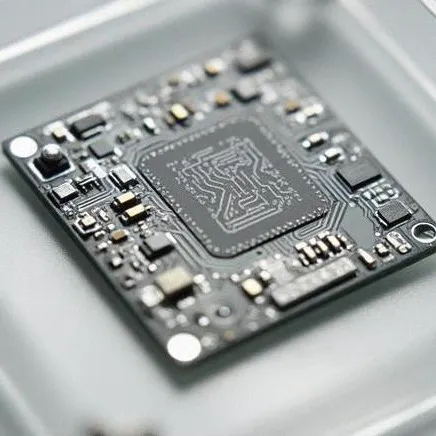
Deploying Deepseek on RK3576 Development Board for AI Dialogue
2025-03-08
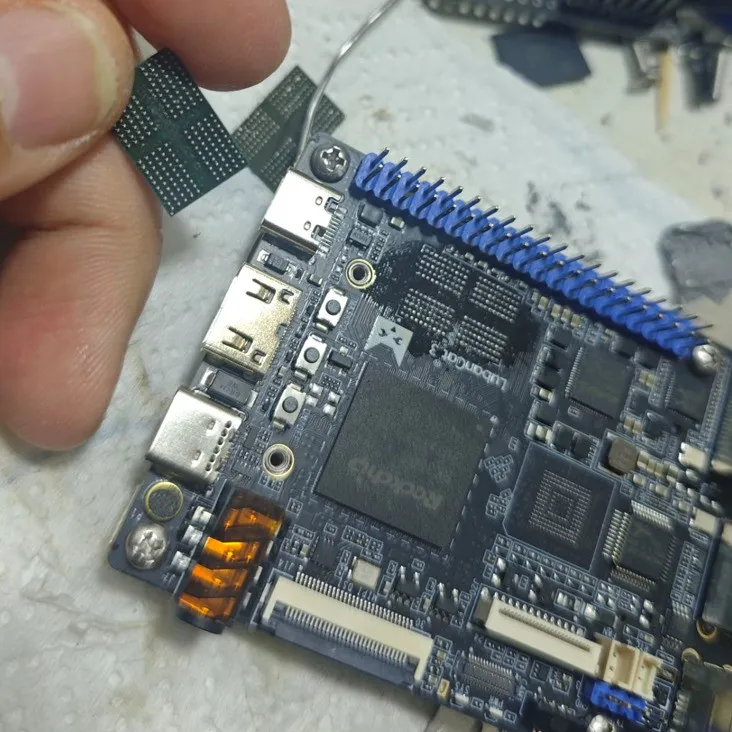
From -40℃ to 200℃: Analyzing the “Survival Limits” of Automotive/Industrial/Military Grade Crystals
2025-03-06
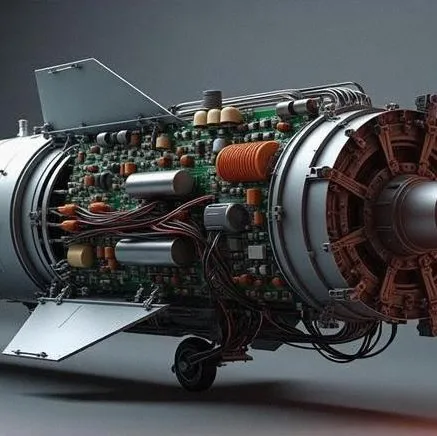
Yushu Technology, Expanding in Shenzhen
2025-03-07

China’s AI Talent Gap Reaches 5 Million, Salaries Rising
2025-03-06
